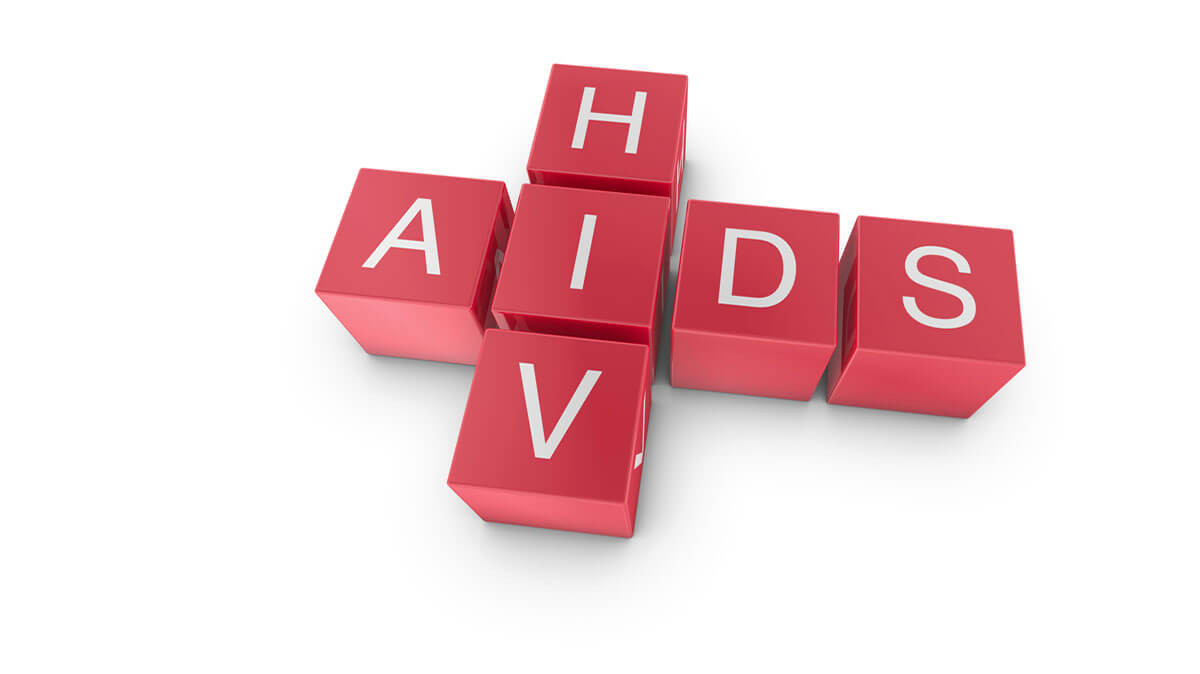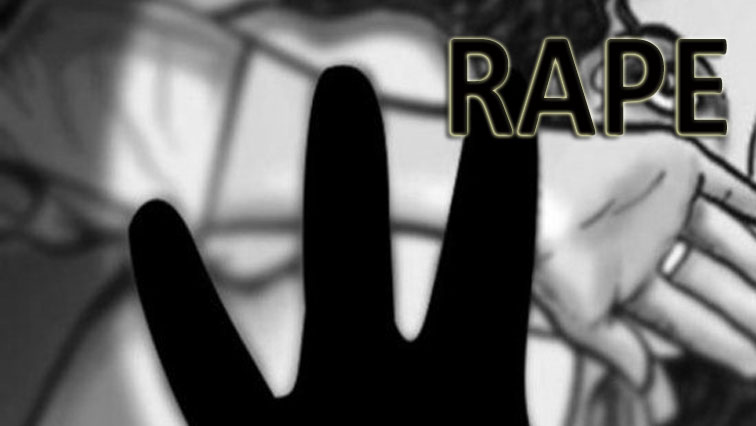
BY NOBUHLE MAPLANKA Zimbabwe has over the last 10 years made tremendous gains in the area of HIV and Aids that has seen the country, which at some point had one of the worst epidemics in the world, slashing the rate of new HIV infections.
According to UNAIDS, Zimbabwe has reached the 90–90–90 targets set for 2020 — 90% of people knowing their HIV status, 90% of those diagnosed with HIV on antiretroviral treatment, and 90% of those receiving treatment achieving viral suppression.
These achievements are attributed to the education and prevention programmes coupled by massive scale-up of testing and treatment.
As Zimbabwe works toward the 95–95–95 targets for 2025, there is need to sustain the gains through a robust approach and strategies.
Among the strategies has been the reduction of new HIV infections among adolescents and young people amid barriers such as stigma and discrimination, fear of disclosure of HIV infection, economic constraints, religious factors and use of drugs.
Lately, Zimbabwe, just like many African countries, has seen an increase in drug use, especially among adolescents and young people.
According to estimates in the United Nations Office on Drugs and Crime is a United Nations (UNODC)’s World Drug Report 2021, based on the rate of Africa’s population growth, drug use in Africa is likely to increase by 40% by 2030.
Although Zimbabwe does not have official data on drug or substance use because a population size estimate has never been done before, anecdotal evidence points to a lot of illicit drug use on the ground in the country.
- Chamisa under fire over US$120K donation
- Mavhunga puts DeMbare into Chibuku quarterfinals
- Pension funds bet on Cabora Bassa oilfields
- Councils defy govt fire tender directive
Keep Reading
It is estimated 60% of young people aged between 16 and 35 years could have used or are using drugs or substances.
Drug use plays a big role in the spread of HIV by increasing the likelihood of high-risk sex with infected partners.
Twenty-eight-year-old Mary Sibanda (not real name), a former sex worker based in Mvurwi, said drugs lead people to engage in impulsive and unsafe behaviours.
“Drugs can users to get rid of the shyness and alter judgement, which might lead people to engage in unsafe sex,” said Sibanda, who has since stopped taking drugs.
“There was a lot of excitement when I first took drugs as a young girl, but they put me at high risk.”
Sibanda, a drug recovery champion working for the wellbeing and a drug-free community, said there was need to come up with policies and strategies to deal with the drug scourge in the country.
“There is a need to come up with policies that create job opportunities for the youths and also come with robust strategies to new HIV infections among adolescents and young people.”
Sibanda has since quit the oldest profession to concentrate on farming.
For 16-year-old Martha, a sex worker at Chigovanyika shopping centre in Chitungwiza, being high is part of her life.
“I am an addict, but I have no choice as there are no jobs,” she said.
“I can do anything, including engaging in risky sexual behaviours to get money.”
According to UNODC, globally of an estimated 15,9 million people who inject drugs worldwide, up to three million are infected with HIV.
Zimbabwe Civil Liberties and Drug Network projects executive director Wilson Box said there are a number of factors that put people who use drugs at HIV risky.
“People who use drugs are at risk of contracting HIV because of several reasons because issues of stigma and discrimination push them away from services while the criminalisation of drug use also pushes them away from services,” Box said.










